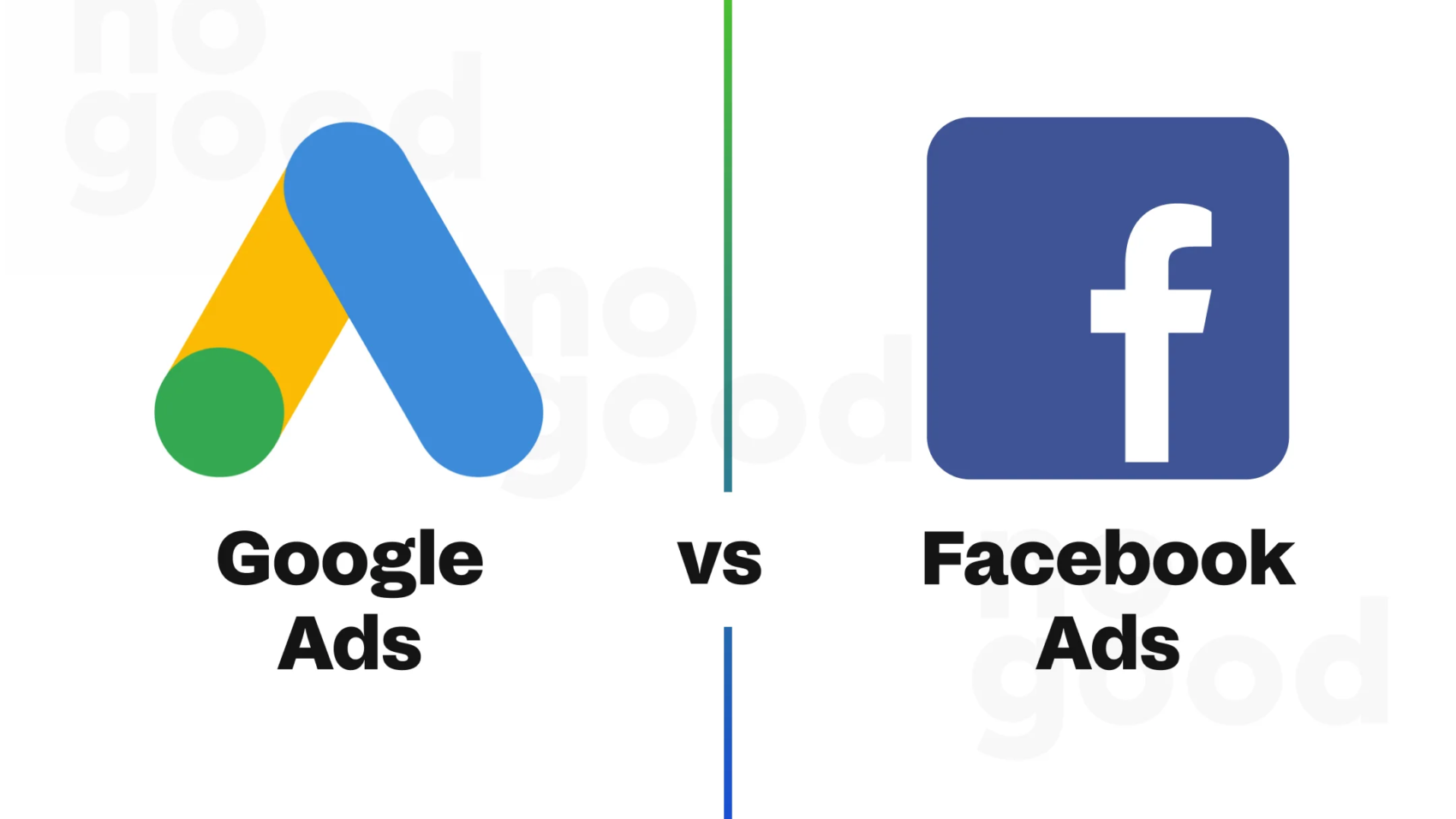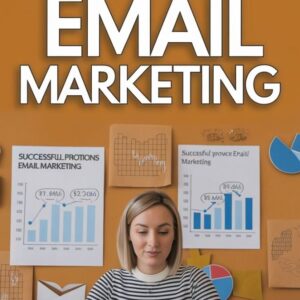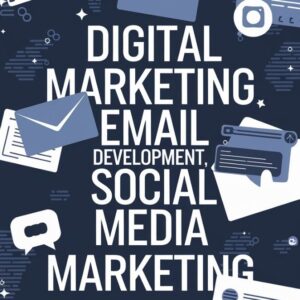In the world of online advertising, businesses have an array of options to reach their target audience. Two of the most popular platforms for digital advertising are Google Ads and Facebook Ads. Each has its unique strengths, and choosing the right one for your business can depend on various factors, including your goals, target audience, and budget. In this blog, we’ll compare Google Ads and Facebook Ads to help you determine which is best suited for your marketing needs.
Google Ads (formerly known as Google AdWords) is a pay-per-click (PPC) platform that allows businesses to display their ads on Google’s search engine results pages (SERPs) and across its Display Network, which includes partner websites and YouTube. Google Ads primarily works on intent-based searches, meaning it shows ads to people who are actively searching for products, services, or information related to your business.
Pros of Google Ads:
- High Intent Users: One of the biggest advantages of Google Ads is that it targets users based on their search queries. People using Google are often looking for specific answers or products, making them more likely to convert.
- Massive Reach: Google is the largest search engine in the world, processing billions of searches per day. This gives advertisers an immense opportunity to reach potential customers.
- Precise Targeting with Keywords: Google Ads allows you to target specific keywords, enabling you to show ads when users type relevant queries into the search bar. You can also exclude negative keywords to filter out irrelevant traffic.
- Multiple Ad Formats: Google Ads offers various ad formats, including search ads, display ads, video ads, and shopping ads. This versatility allows you to promote your business in different ways.
Cons of Google Ads:
- Higher Costs: Due to high competition for popular keywords, Google Ads can be expensive, especially in industries like finance, law, and real estate. Small businesses with limited budgets may struggle to compete.
- Steep Learning Curve: While Google Ads can be incredibly effective, mastering its platform requires time, effort, and a solid understanding of keyword research, bidding strategies, and ad optimization.
Understanding Facebook Ads
Facebook Ads, part of Meta’s advertising platform, allows businesses to advertise on Facebook, Instagram, Messenger, and Audience Network. Unlike Google Ads, which is intent-based, Facebook Ads is focused on audience targeting, using user data and behaviors to show ads to people who are most likely to engage with your content.
Pros of Facebook Ads:
- Advanced Audience Targeting: Facebook Ads excels at audience targeting. You can create highly specific audiences based on demographics, interests, behaviors, and even past interactions with your business (retargeting). This helps you reach people who may not be actively searching for your product but fit your customer profile.
- Cost-Effective: In many cases, Facebook Ads are more affordable than Google Ads. Facebook’s CPC (cost-per-click) and CPM (cost per thousand impressions) can be lower, making it a great option for businesses with smaller budgets.
- Visual and Interactive Ad Formats: Facebook Ads offers a variety of visually appealing ad formats, including image ads, video ads, carousel ads, and stories. These formats are designed to engage users as they scroll through their newsfeed, making your brand more memorable.
- Strong Brand Awareness: Facebook is a great platform for building brand awareness. Even if users don’t immediately convert, they’re likely to remember your brand after seeing your ad multiple times on their feed.
Cons of Facebook Ads:
- Lower Purchase Intent: Unlike Google users who are actively searching for something, Facebook users are typically on the platform for social interactions, not to make purchases. This can lead to lower conversion rates compared to Google Ads.
- Ad Fatigue: Since Facebook Ads rely on repetitive exposure, users may experience “ad fatigue,” meaning they’ve seen your ad so many times that they start ignoring it. This requires constant creativity and refreshing your ad creatives to maintain engagement.
Which Platform Is Best for Your Business?
Conclusion
Ultimately, the choice between Google Ads and Facebook Ads depends on your marketing goals and the nature of your business. Google Ads is ideal for capturing high-intent users actively searching for your products, while Facebook Ads is great for building brand awareness and targeting specific audience segments. For many businesses, a combination of both platforms may provide the best results, allowing you to tap into both search intent and social engagement to maximize your reach.







